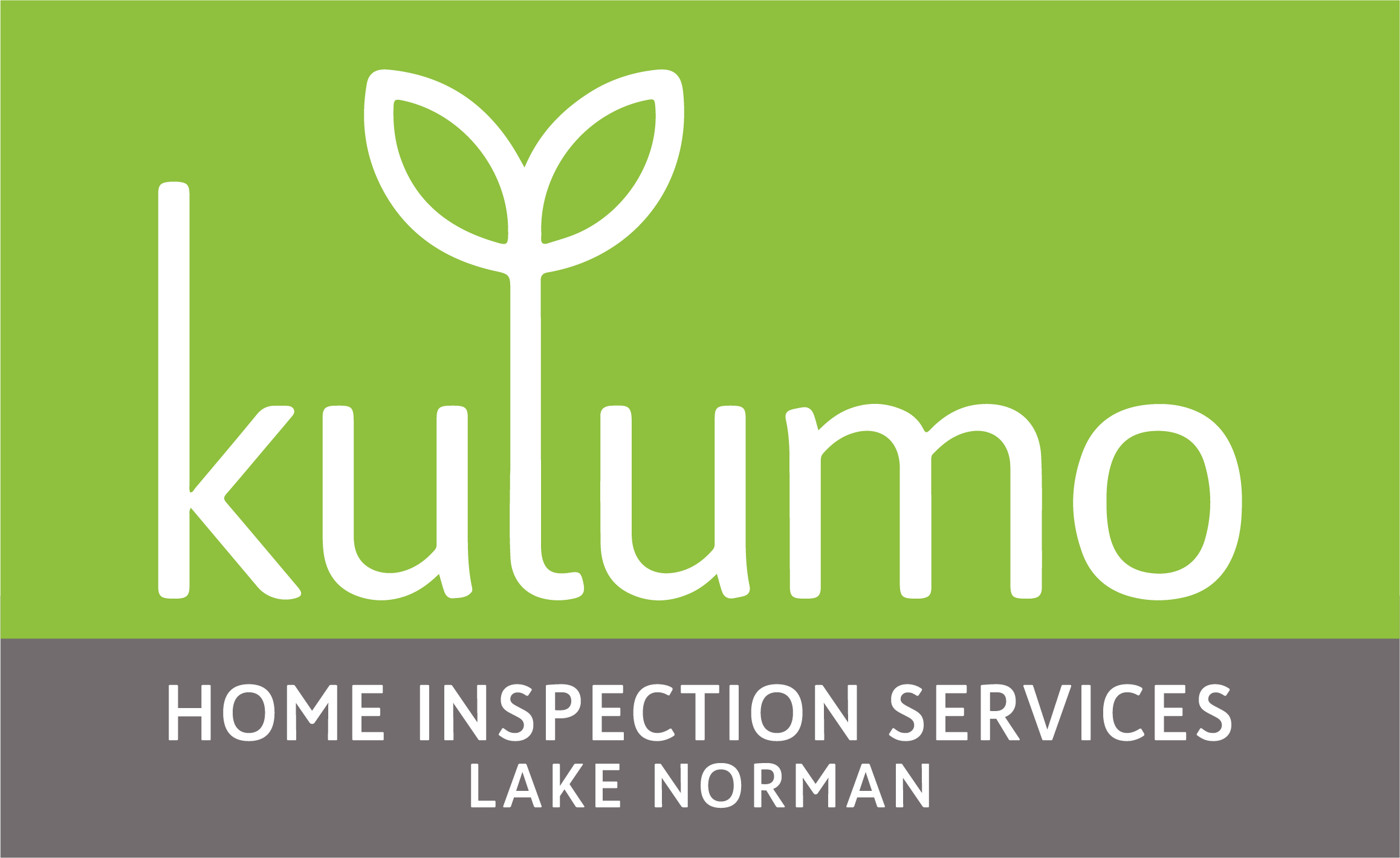Radon is a radioactive gas that naturally occurs in our environment. And although it occurs naturally, it’s the second leading cause of lung cancer, right after smoking. Below, we’ve answered some common questions we receive about radon and our radon testing services.

Does my home have a radon problem?
The only way to know if your home has elevated levels of radon is if you schedule professional radon testing. We can determine if your home has low levels of radon or if your home has levels of radon that are a health risk to your family.
How do you test for radon?
When you choose us for radon testing, we will set up an electronic radon tester in your home. Typically, you need to leave this device for a minimum of 48 hours. Once we collect all the information we need, we’ll provide you with a detailed report that includes our professional opinion based on the data gathered.
How does radon get into a home?
Most of the time, radon will enter a home through the rock or soil that sits beneath it. When the radon gases rise up from the soil, they will then get trapped underneath the building. These trapped gases build up pressure and find their way into a home through flooring, walls, cracks, and other openings.
If you have concerns about a radon problem in your home, get answers with professional radon testing. To learn more or to schedule your radon testing appointment, contact us today.
